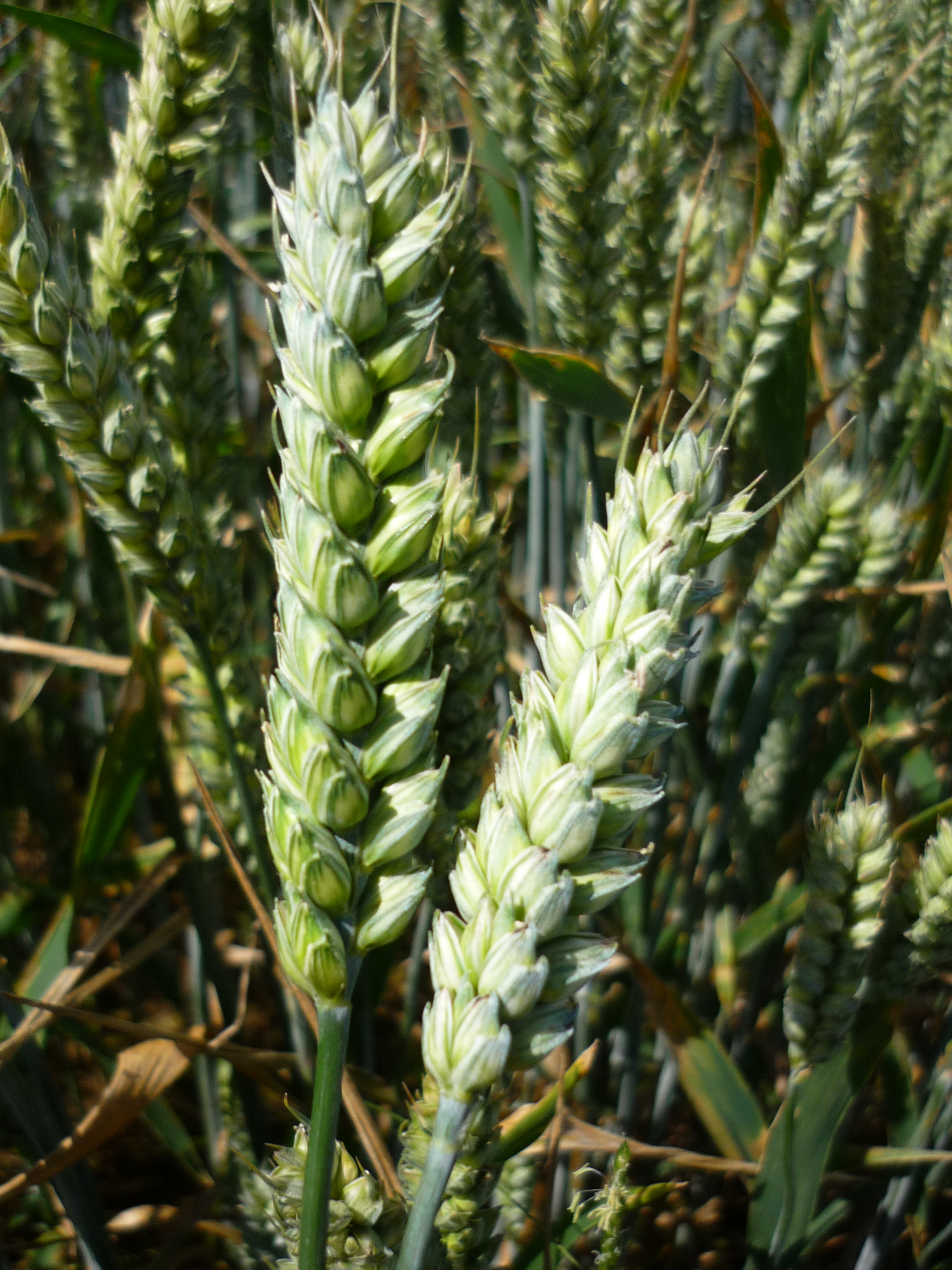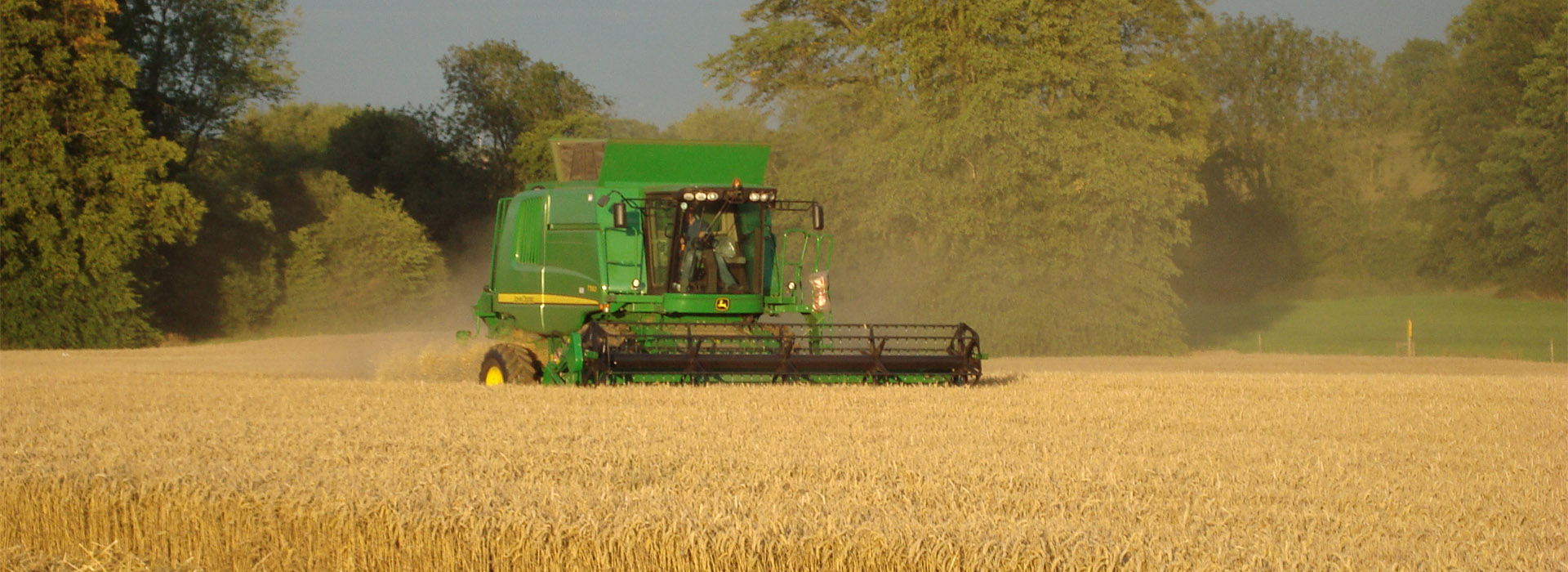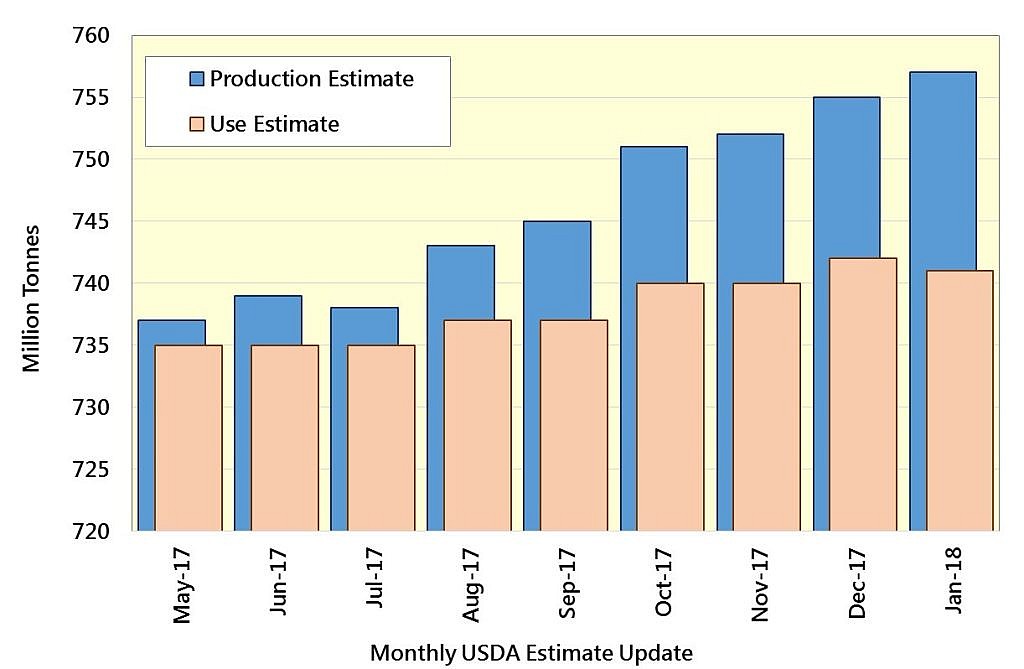Everything grain marketing is focused on new crop by this time of the year, even the remains of the old crop. However, this year there is a problem. Without knowledge of a Brexit outcome, exporters have no idea what they can afford to pay, not knowing whether there will be any kind of trade deal meaning a transition to Brexit and therefore whether they will have trade tariffs to pay to send grain to the EU-27 next year or not. Furthermore, importers are in the same position. Trades for the new crop are just not taking place, at least not until after Halloween. A likely wheat surplus for the UK this coming year is compounding the problem.
The domestic marketplace is far less impacted by Brexit and theoretically not at all, however, the traded tonnes are those that set domestic prices. Buyers at the grain processing and milling firms are dealing with this mainly by carrying-on as normal – all their competitors are in the same position, and unless any take any speculative positions, they will all experience the same price shifts simultaneously.
The weakening of Sterling as a result of political uncertainty has given a small boost to grain prices. Barley prices have lifted in recent days as well as wheat, albeit by less than the rise of wheat prices. This might seem a worse outcome for barley, but the potential barley surplus and uncertainty over the export of the crop from November might actually mean this is a good opportunity to sell.
The weak Pound has boosted the oilseed rape price in Sterling terms during May. Oilseed rape does not have a trade tariff on it, so the complications from Brexit are less significant. However, the US government has announced substantial support in terms of additional grants for soybean growers in the USA, in a bid to compensate them for the US-Chino trade spat that they have become embroiled in. This does not seem to have had a major impact on EU oilseeds as yet. One might assume a high global oilseed crop this year, considering the Brazilians have also been producing lots of soybeans to steal the US business to China; it all has to go somewhere.
Beans do have trade tariffs, but only small ones. The new crop is in very good condition at the moment, a rather different situation to their final condition last harvest. Again, it is new crop that the markets are focused on, and currently, other proteins such as rape meal and soybeans are comparatively cheaper than pulses so their incorporation into feed rations is likely to be relatively small.
In the field, growing crops are looking good throughout the UK, that is with the exception of oilseed rape. Grains and pulses are growing well, and reports of serious disease issues are rare.





